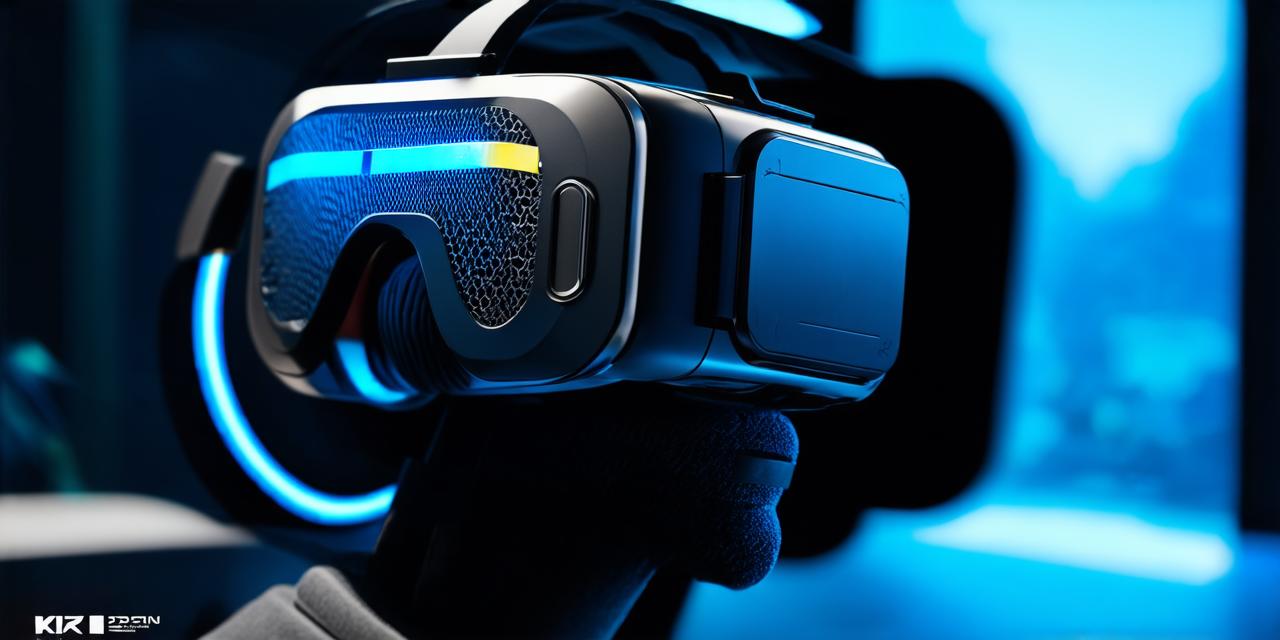The Early Days:
Virtual reality can be traced back to the 1960s, when researchers at Stanford University developed the first VR headset known as the “Sword of Damocles.” This device used a projector to display a 3D image in front of the user, which was then reflected onto a mirror that hung above them. This gave users the illusion of being immersed in a virtual environment.
However, it wasn’t until the 1980s and 1990s that VR headsets began to take on a more recognizable form. Researchers at the University of Washington developed the first wearable VR headset called “HeadCrab,” which used a stereoscopic display to create a 3D image in front of the user’s eyes. This technology laid the foundation for future VR headsets and paved the way for more advanced virtual experiences.
The Rise of Consumer VR:
In the early 2000s, consumer-grade VR headsets began to enter the market. One of the first examples was the “Nintendo Virtual Boy,” released in 1995. Although it was not a true VR headset, it did introduce users to the concept of immersive gaming experiences.
However, it wasn’t until the release of the Oculus Rift and HTC Vive in 2016 that consumer-grade VR headsets really took off. These devices used advanced motion tracking technology to provide users with a more realistic sense of movement and interaction within virtual environments. They quickly gained popularity among gamers, but also found applications in other fields such as education, healthcare, and design.
The Future of VR:

Today, VR headsets continue to evolve and improve. Companies like Oculus, HTC, Sony, and Samsung are constantly working on new technologies to make virtual experiences more immersive and realistic. For example, the upcoming release of the Oculus Quest 2 promises to be a significant step forward in terms of graphics and processing power.
In addition to VR headsets, there are also other technologies that are shaping the future of virtual reality. Augmented reality (AR) technology, which overlays digital information onto the real world, is becoming increasingly popular in industries such as marketing and advertising. There are also developments in haptic technology, which allows users to feel physical sensations within virtual environments.
Frequently Asked Questions:
1. What is the difference between virtual reality and augmented reality?
Virtual reality creates a completely artificial environment that the user can interact with, while augmented reality overlays digital information onto the real world. Virtual reality immerses users in a fully artificial environment, whereas augmented reality enhances the real world by adding digital elements to it.
2. How does motion tracking technology work in VR headsets?
Motion tracking technology uses sensors and cameras to track the user’s movements and adjust the virtual environment accordingly. This allows for a more realistic sense of movement and interaction within the virtual world. The sensors detect the user’s position and orientation, while the cameras track their movements and translate them into the virtual environment.
3. What are some applications for virtual reality outside of gaming?
Virtual reality has found applications in industries such as education, healthcare, design, and marketing. It can be used to simulate real-world scenarios and provide users with unique learning experiences. For example, medical students can use VR to practice surgeries or designers can use VR to test out new product designs before they are released to the public.
Summary:
Virtual reality headsets have come a long way since their early days. From simple projector-based devices to advanced motion tracking systems, VR technology has proven itself to be a powerful tool for enhancing user experiences and driving innovation in various industries. As VR continues to evolve, we can expect even more immersive and realistic virtual experiences in the future. With advancements in technology such as AR, haptic technology, and more advanced motion tracking systems, the possibilities for virtual reality are endless.
